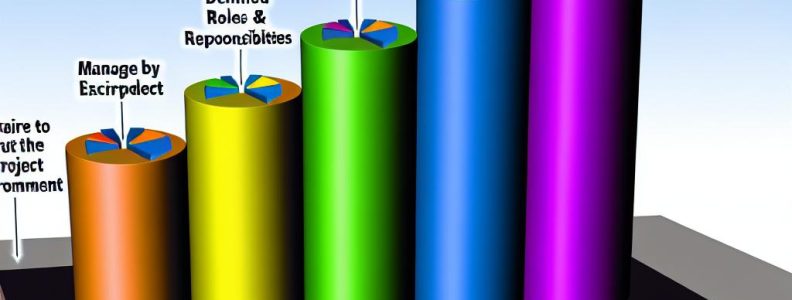The Key Principles of PRINCE2
PRINCE2, synonymous with Projects IN Controlled Environments, serves as a structured project management method renowned for its versatility across various project types. Originally developed to enhance project management quality, it has gained prominence worldwide as a premier methodology. The core of PRINCE2 is its seven guiding principles that form the backbone of this framework.
Continued Business Justification
To maintain the project’s relevance, there must be a consistent business rationale for initiating and persisting with the project through its entire lifespan. This fundamental principle ensures that the project remains aligned with business objectives, requiring regular updates and evaluations of the business case. Such assessments assure stakeholders of the project’s continued viability and justifiable investment. For detailed insights into business cases, one can explore further resources.
Learn from Experience
One pivotal aspect of PRINCE2 is its advocacy for learning from past projects to foster continuous improvement. This principle encourages project teams to systematically document lessons from past projects and integrate these insights into current methodologies. By doing so, the likelihood of repeating previous mistakes diminishes, leading to enhanced project effectiveness and efficiency. It is crucial that learning is not episodic but a sustained effort across the project lifecycle, well-documented and applied effectively.
Defined Roles and Responsibilities
A clear delineation of roles and responsibilities is vital for the seamless progression of a project. PRINCE2 provides a structured framework assigning explicit responsibilities to various stakeholders, thereby promoting accountability and transparency. Each team member understands their specific duties, reducing confusion and overlap. This clarity ensures that every aspect of the project is managed efficiently, with all parties working towards common objectives.
Manage by Stages
Managing a project in distinct stages is a hallmark of the PRINCE2 methodology. By breaking down a project into manageable phases, teams can plan, monitor, and control each stage individually. This segmented approach permits adjustments in response to changing circumstances and allows project teams to re-evaluate priorities effectively. Consequently, focus and clarity are sustained throughout the project lifecycle, enabling better resource allocation and risk management.
Manage by Exception
Another distinguished feature of PRINCE2 is its proactive focus on managing by exception. This principle involves setting tolerances for key project objectives such as time, cost, scope, quality, risk, and benefits. If any deviations exceed these predefined tolerances, escalation to higher management levels is necessitated. This approach ensures effective project oversight with minimal managerial interference, thus maintaining operative autonomy while regulating critical variations and ensuring control.
Focus on Products
Central to the PRINCE2 approach is its focus on delivering products that meet defined quality standards. By concentrating on products rather than activities, the methodology ensures that project deliverables align with the intended outcomes. This product-centric approach facilitates quality assurance, customer satisfaction, and adherence to project specifications and standards. It negates scope creep and dispels ambiguity regarding project outputs, ensuring that deliverables are consistent with stakeholders’ expectations.
Tailor to Suit the Project Environment
Adaptability forms the essence of the final PRINCE2 principle, emphasizing the customization of the methodology to suit specific project needs and contexts. Flexibility is crucial, as it allows organizations to mold the principles and practices of PRINCE2 to best fit their unique circumstances. This principle acknowledges that no two projects or organizational environments are identical, promoting a fit-for-purpose approach that optimizes efficiency and effectiveness.
In conclusion, PRINCE2 transcends a mere collection of guidelines; it is an expansive approach offering a structured means to execute projects successfully. Adherence to these principles empowers project managers to deliver projects proficiently, on schedule, and within budgetary constraints. Organizations contemplating PRINCE2 adoption can tap into a wealth of resources available through specialized training providers and project management institutions, thereby ensuring enhanced project delivery outcomes.

